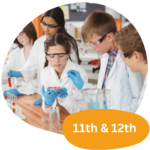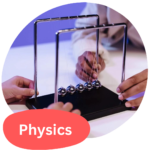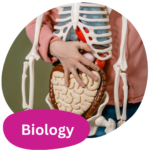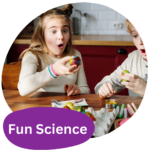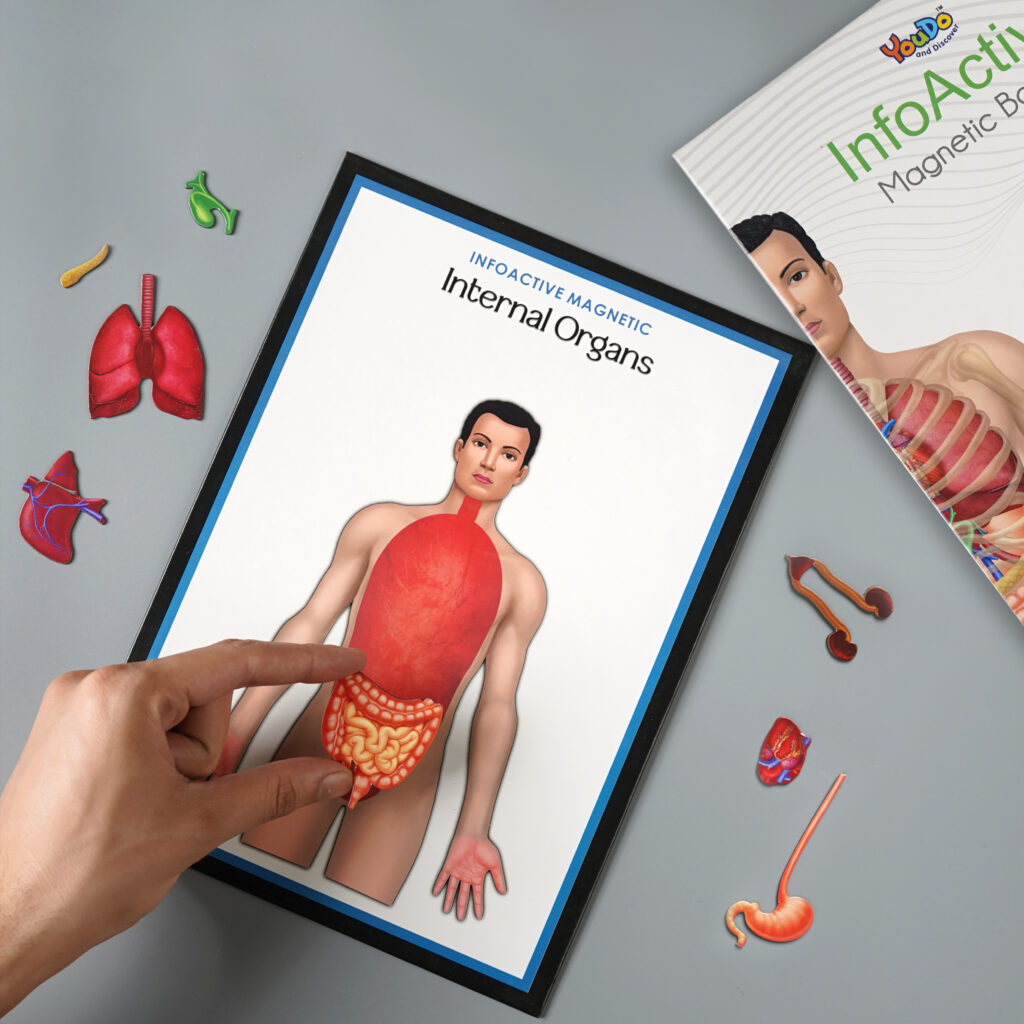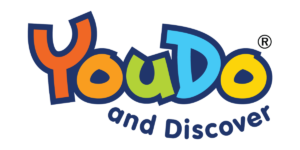Human Physiology
- Post author:youdo
- Post published:July 10, 2024
- Post category:Uncategorized
Understanding Human Physiology with a Magnetic Board
Human physiology, the science of how our bodies function, is a fascinating field that can be complex yet incredibly rewarding to understand. Whether you’re a student, educator, or just an enthusiast, using interactive tools like a magnetic board can greatly enhance your learning and teaching experience
It is the study of the functions and processes that occur within the human body. It is a branch of biology that focuses on understanding how the body’s systems, organs, and cells work together to maintain homeostasis and overall health.

Endocrine glands
Human body has both endocrine and exocrine glands. The glands that pour it,s secretion in blood vessels are exocrine glands and endocrine glands pour its secretion (hormone directly in the blood
Given below you can observe different endocrine glands and their position
- Thyroid glands: it is attached to the wind pipe in the neck region. It secretes throxine hormone which controls the rate of metabolism of carbohydrates, fats and protein.
- Pineal gland: Hypothalamus and pituitary glands are located in the brain. Pineal gland is considered to be vestigial (no more functional).
- Pancreas is a leaf like gland which acts both as exocrine gland as well as endocrine gland. Pancreas secretes insulin which regulates the sugar metabolism.
- Adrenal glands are located on top of each kidney. It secretes adrenaline in large amount when person frightened or excited and prepares the body for action.
- Testes in male and ovaries in female perform dual function both as reproductive organ as well as endocrine gland. Thee hormones regulate secondary sexual growth in male and female respectively.
Internal Organs
Internal organs are the parts of our body which are not directly visible to us because they are located inside of our body. They are very important for us as they keep us alive.
- Heart: Human heart is the pumping organs of our body which pumps oxygenated blood to each and every cell of the body via blood vessels through- out of our life without taking any rest.
- Liver: Liver is the largest gland associated with our digestive system weighing about 1.2g to 1.51kg in human adult
- Gall bladder: it’s a bag like structure linked to liver. The surplus bile produced by the liver is stored in the gall bladder.it is used when needed .
- Stomach: The food that we eat reaches stomach from mouth through food pipe or oesophagus. Food is pushed forward in the food pipe by peristaltic movement
- Small and Large intestine: Small intestine is about 7 meters long pipe like structure. It is the longest part of the alimentary canal.it is fitted into a small space due to extensive coiling. The length of small intestine is longer in herbivores because they have to digest Cellulose. small intestine not only helps in complete digestion of food but it also absorb the nutrients
- Urinary System: Urinary system consists of
- Pair of bean shaped organ called kidney
- Pair of Ureters
- Urinary Bladder
- Urethra
Kidneys are located in the abdominal cavity, one on either side of backbone.
Urine produced by the kidney passes through ureter into the urinary bladder where it is stored unit it is released through urethra. The release of urine is under nervous control.
Kidney helps in maintaining balance between food, temperature, water and many more other chemical like uric acid
Respiratory System
Human respiratory system begins from nose from where air enters the nostril
- Trachea : From nasal passage air is transferred to lungs through wind pipe called Trachea
- Trachea has cartilaginous rings around it which prevents trachea from collapsing when there is no air in it
- Lungs: Lungs are inside rib cage, just above the diaphragm, Diaphragm helps in expansion and contraction helps in expansion and contraction of the lungs
- Alveoli: Human lungs have millions of alveoli, if unfolded they can cover an area of a tennis court

Conclusion

Understanding human physiology provides a basis for studying health, disease, and the ways the body adapts to its environment. Each system is interconnected, which describes the complexity and elegance of the human body. By appreciating these complex systems, we gain insight into the wonders of human life.
Each organ in the body is a complex system made up of numerous smaller parts. Many organs also depend on several other body parts. For example, to properly breathe, the lungs must work with the nose, mouth, throat, windpipe, and sinuses.





